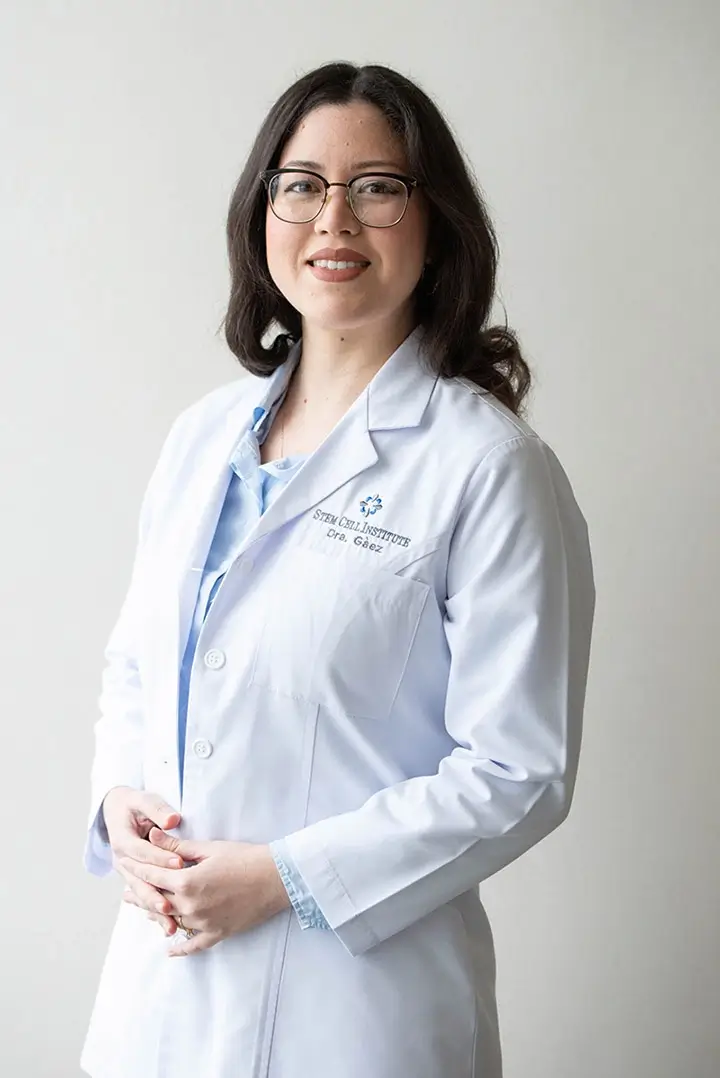Doctor George Smith, MD, returned to Bangkok for another adult stem cell procedure. His first was 18 months ago and he derived so much benefit, he booked another ticket from Hawaii to get another round. Getting a stronger heart muscle was the goal for the 80 year old Dr. Smith, and he feels that he accomplished that much with the first treatment. He believes that increasing blood flow throughout his body will be accomplished by the second. Receiving two different treatments of adult stem cells is uncommon and Dr. Smith is believed to be one of the first patients in the world to undergo this type of double dose.
“I don’t think there are too many people going to the other side of the world to get stem cell treatment once, much less twice.” he said with a grin.
Dr. Smith’s story is not atypical.
“I had a massive coronary a little over five years ago and after three years began the descent into heart failure. I was on all the medicines; the alpha and beta blockers, the ace inhibitors, platelet tablets, fish oil and aspirin, but still going downhill and I was not a candidate for a heart transplant,” he said.
His cardiologist said “Why not? I certainly have nothing else to offer you”, when he asked about stem cells.
He traveled to Bangkok in February of 2006.
“By April I was feeling quite well. I had no shortness of breath and my Six Minute Walk Test had already doubled. I had stopped my descent but wanted more,” he added.
Dr. Smith made the determination that his myocardial muscle regeneration had outgrown the microcirculation in the heart after he consulted with the company’s cardiologist in the United States.
“It was not the big blood vessels that were the problem, but the small ones. We felt that the second procedure with a catheter injection of stem cells directly into the coronary arteries would assist the regrowth of small blood vessels” he said.
Playing musical chairs with medication was the only remaining option and his local cardiologist concurred with this.
The trip was set.
Once at the Bangkok Hospital, the environment was impressive from an equipment and staffing standpoint. Taking about half as long as it would have taken in the United States, a state-of-the-art radioactive scan of his heart was taken at the hospital.
Dr. Smith wants to play tennis again, and he is sure that the boost in microvascularization he will get from this second treatment of stem cells will accomplish that. Previously, walking the dog for a block and then sitting down was the extent of his activity. This was prior to his first treatment. Working in the yard, riding a bike, playing tennis; none of the things he enjoyed were possible before, except for reading of course.
“My life was closing in on me. There comes a point where the medicines no longer give you a quality of life and, of course, heart transplants are reserved for the young. And so, you run out of slack and you run out of options,” he said.
Adult stem cell therapy is an option patients in heart failure should consider. Dr. Smith believes this not only because of his own experience but also after talking with many patients who have had similar experiences and researching the internet.
“The improvements ex-patients will talk about are certainly not psychological because they will be able to give objective results like how far they can walk for six minutes and how much more blood is ejected in each contraction of the heart,” he counseled.
Hundreds of no-option heart failure patients have benefited to date and more will continue to derive benefit with the field of regenerative medicine which uses a patients’ own stem cells growing rapidly.
“If you know you can extract cells that will generate new blood vessels, and certainly from the studies so far it has proven extremely successful, why it is not being used more in the U.S. is beyond me. With the rise we are experiencing in diabetes and peripheral artery disease it should be a grab for people. I have seen beautiful pictures of the increase in circulation in the feet of diabetics that save these patients from amputation. Maybe the word is not yet out well enough,” he said.

